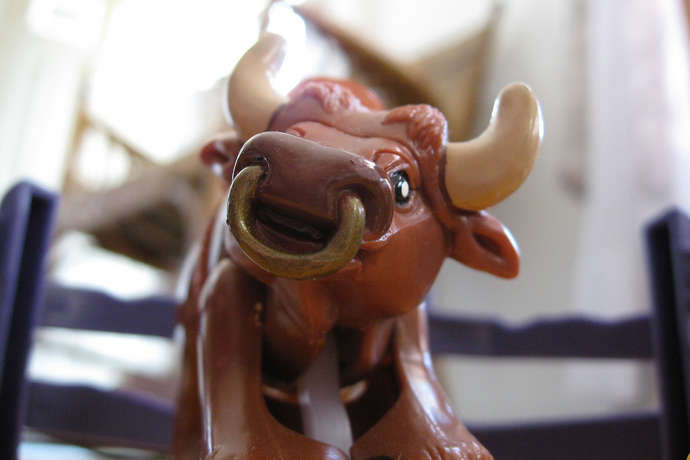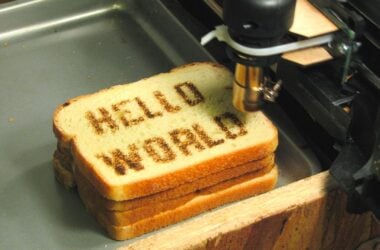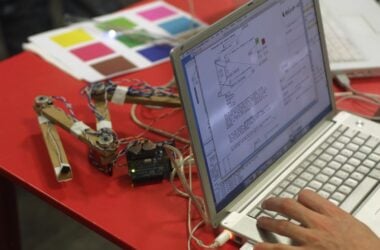Recently the New York Times published a somewhat breathless article touting one big secret about how Apple designs such great products. It’s a course taught by Apple to its employees. The course uses a set of lithographs, prints, Pablo Picasso created based on a single image of a bull. The lithographs evolve from a detailed print of a bull, an animal we all would recognize, to a simple line drawing like cave art.
The Times, however, gets the story a little mixed up but in some interesting ways. For example, while Apple uses the Picasso prints to show how to reduce a design from the complex to its essence, that’s not what Picasso created. Picasso used the prints to explore all aspects of an image of a bull. Each lithograph is equal to the others in the series. Apple products, however, strive to evolve their designs from initial complicated ideas to simple streamlined ideas. Those are two very different approaches.
How does this article relate to computer science and programming?
The Times article is a great way to get readers to think about process and design. Programming and problems in computer science have some number of possible solutions. These solutions might be equally great, as with Picasso’s prints, or the possible solutions could be used to evolve and develop a simple elegant solution easily understood.
In fact, years ago I came across a useful way to think about design problems and, most important, how to know when you’re done. You could call it 10 Solutions.
The idea is that every problem has 10 possible solutions. The first and second solutions most people can come up with. While it’s possible a first or second solution works fine, it’s only by evaluating the strength and weaknesses of your first few solutions, what works and and what fails, that you get to the third, fourth, fifth, and up to ten solutions. And, from experience, the best solutions are somewhere between the fourth and sixth solutions. Because each solution takes longer to analyze and develop, the tenth solution is rarely the best.
Put another way, any problem can yield interesting solutions if you do not limit yourself to what pops in your head first. And it helps to analyze how well any solution solves your problem. Few solutions work perfectly. But a great solution solves a lot of key problems. And there are many ways to work through solutions to problems.
The Times article and a follow on article from Fast Company, also include two great videos for design inspiration. The first is Steve Jobs talking about how good artists copy and great artists steal:
Great artists steal video:
The second video is Designed by Apple:
Try This at Home
Whether or not your goal is to be a great designer, teachers and parents and kids can learn a lot from copying this exercise. Pick any photograph or online image and draw 10-12 versions. Explore all parts of the image to figure out what are the most important parts. What bits can be left out and keep the essence of the image? Working as a group also helps pull out ideas about what to feature in each version, as well as help everyone see all parts of an image.
This exercise also could be done with door knobs. Seriously. Or any device people use often but take for granted. What are all the different ways a door can be opened? How do you visually tell a person which direction the door will open?
Both exercises, drawing and talking about common objects, can teach a lot about seeing the world with fresh eyes, a critical skill, and provide insight into design decisions people have made for you, for example, about the size and shape and position of a door knob.
Apple is Not (Always) Best at Design
While articles like this one in the New York Times promote the idea Apple is one of the best design companies in the world, there is at least one area where that is not true. You only have to look at an iPhone or iPad to see.
These devices uses icons as a way to let people do things. To be fair, Android also uses icons. The problem is icons are a solution at least twenty years old. They have many failings. For example, icons are typically displayed in a tight grid with each a fixed size. Put enough icons on a screen and it becomes difficult to find the application you want to click.
And while the images on each icon exist to help you tell them apart, they also can lead to visual overload.
More interesting, perhaps, in terms of Apple and design: there is a more modern better alternative to icons. The Windows phone uses tiles which people can size and move around on their screen. Data can appear on these tiles, eliminating the need to click to find out the weather, for example. This alternative has existed for at least two years, time enough for Apple to create a solution to icons.
While Windows phones are not likely to outsell iPhones any time soon, it will be interesting to see if Apple designers realize there are alternatives to icons. And, if they do, whether or not they can create a useful alternative to the design problems icons try to solve.
Learn More
Simplifying the Bull: How Picasso Helps to Teach Apple's Style
http://www.nytimes.com/2014/08/11/technology/-inside-apples-internal-training-program-.html?_r=2
How Apple Uses Picasso To Teach Employees About Product Design
http://www.fastcodesign.com/3034240/how-apple-uses-picasso-to-teach-employees-about-product-design










